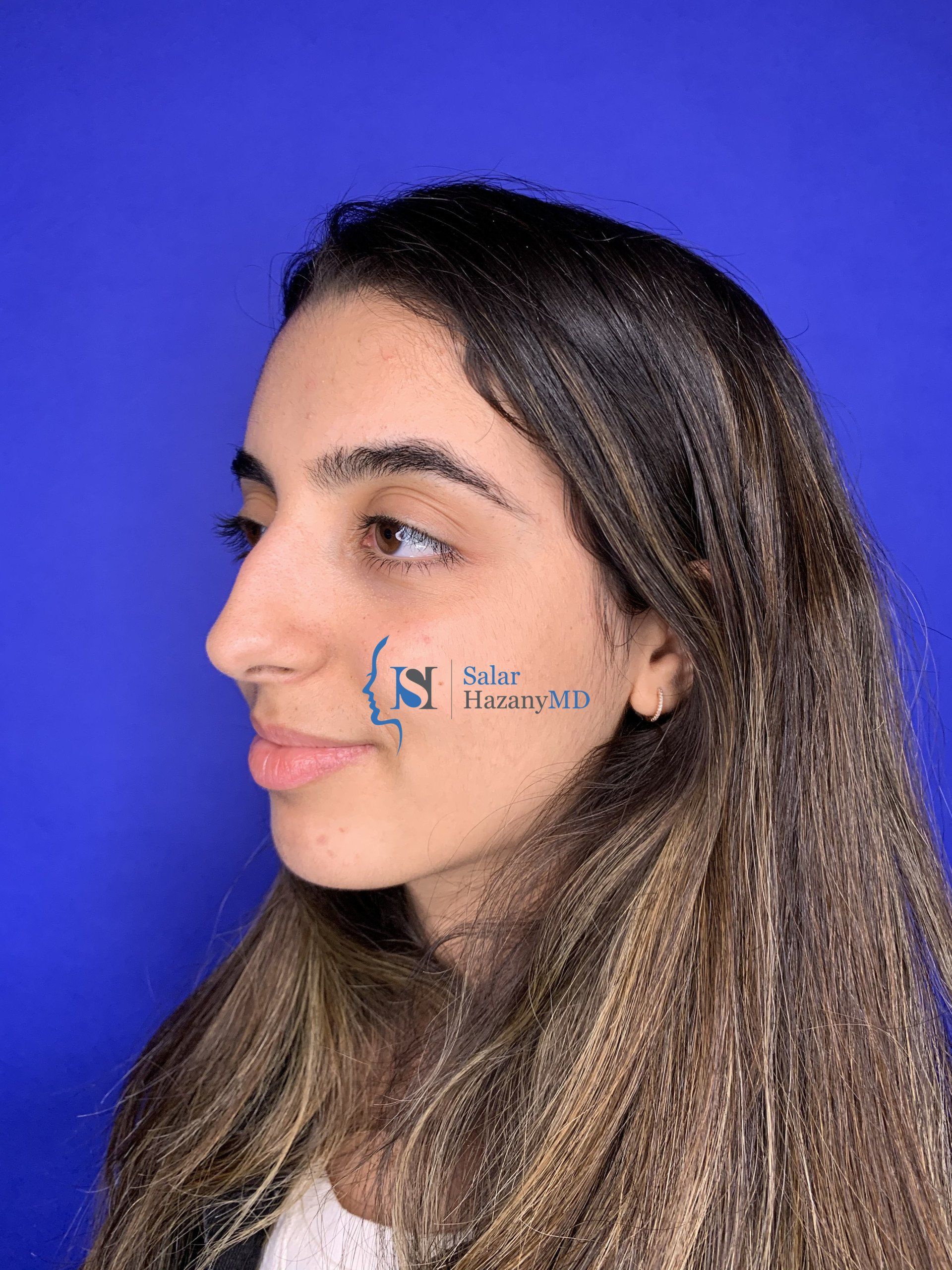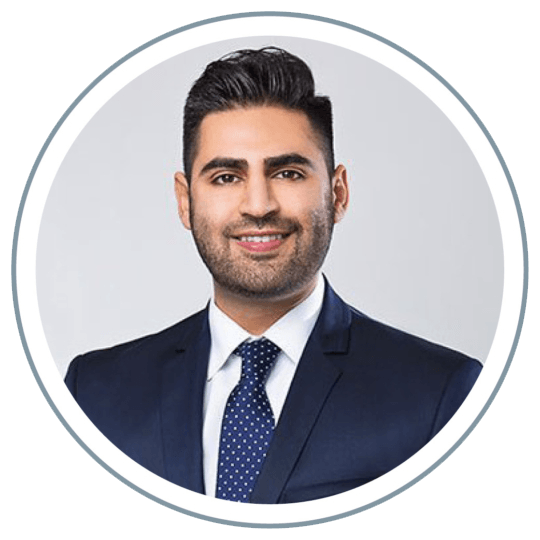All About Mohs Micrographic Surgery
Mohs micrographic surgery is a highly effective surgical procedure for several types of dangerous skin cancers (listed here). The surgery involves removing skin cancers in a systematic and gradual manner, where the malignant cells are removed layer-by-layer, and the complete depth and circumference of cancer tissue margins are examined until only cancer-free tissue remains.
There are several factors that determine whether your Mohs surgeon is qualified to remove your skin cancer.
The doctor in charge of your skin cancer treatment:
1) Must have seamless functional and cosmetic results. Look at their before and after pictures of Mohs surgery – is there a visible scar? Are their results aesthetically pleasing?
2) Should have spectacular reviews. Look through their Google and Yelp reviews to see what past patients have said.
3) Must be fellowship trained. This means that they have performed over 500 Mohs surgeries during 1-2 years of additional training after residency. To verify if they are fellowship trained, search them up in the official American College of Mohs Surgery directory here.
4) Must be board-certified in dermatology.
5) Must be board-certified in micrographic dermatologic surgery.
Dr. Salar Hazany proudly stands as one of the very few surgeons in the nation who meet all the criteria above. Read his story below, then take a look at his results and reviews.
Dr. Hazany is an Expert Mohs Surgeon in LA
Looking for the best Mohs surgeon in Los Angeles? Dr. Hazany is an expert Mohs surgeon located in Beverly Hills and Los Angeles. Fellowship-trained Mohs surgeons like Dr. Hazany spend an additional 1-2 years perfecting their craft under the supervision of an experienced Mohs surgeon. Dr. Hazany completed his Mohs micrographic surgery fellowship with the world-renowned Dr. Leonard Goldberg, a leader in the field of Mohs surgery and skin cancer treatment.
The advanced techniques Dr. Hazany learned in his fellowship are particularly effective for areas that require precise and delicate reconstruction, such as the face, hands, and joints. Dr. Hazany’s training in cosmetic dermatologic surgery ensures optimal aesthetic and functional wound reconstruction following the Mohs procedure. Dr. Hazany has successfully performed over 25,000 Mohs micrographic surgeries and counting.
Making Mohs Surgery an Art In Beverly Hills
The primary goal of Mohs micrographic surgery is to completely remove skin cancer. The malignant tissue margins often extend beyond the visible boundaries of the abnormality. Therefore, the wound is often larger than patients might expect.
Dr. Hazany's two-year Mohs micrographic surgery fellowship and his one-year internship in plastic and reconstructive surgery has provided him with comprehensive knowledge of cosmetic wound reconstruction. Once Dr. Hazany is certain the cancerous tissue has been removed, he employs his cosmetics expertise to reconstruct the wound, restoring functionality, minimizing scarring, and providing an aesthetically pleasing result.
Mohs Wound Reconstruction for Physically-Active Patients
For patients who are athletes or generally physically active, wound reconstruction following Mohs surgery entails several considerations to ensure a safe and expeditious return to regular activity. It is essential to understand the kinetics of movement and the underlying orthopedic anatomical structures to allow for optimal function.
Check out the video below to see how Dr. Hazany considers functional design in Mohs surgery wound reconstruction.
Mohs Micrographic Surgery on the Eyelid
Your eyelids play an important role in the health and proper functioning of your eyes. Eyelids protect your eyes from trauma, foreign bodies, and from sunlight damage. Eyelids also play an integral role in tear distribution and eye lubrication. Because eyelids are located in an area that receive ample sunlight and are often neglected when applying sunscreen they are particularly prone to developing skin cancer.
Mohs surgery on the eyelid is an effective way to remove skin cancer and ensure proper eyelid function after reconstruction. Because the eyelid has so many different functions and is anatomically sophisticated, the reconstructive surgeon must take into consideration several factors to ensure the best result. Dr. Hazany has performed thousands of eyelid skin cancer removal surgeries and eyelid reconstructions. With his extensive cosmetics expertise, Dr. Hazany ensures a cosmetically satisfying result and an optimally functional eyelid.








